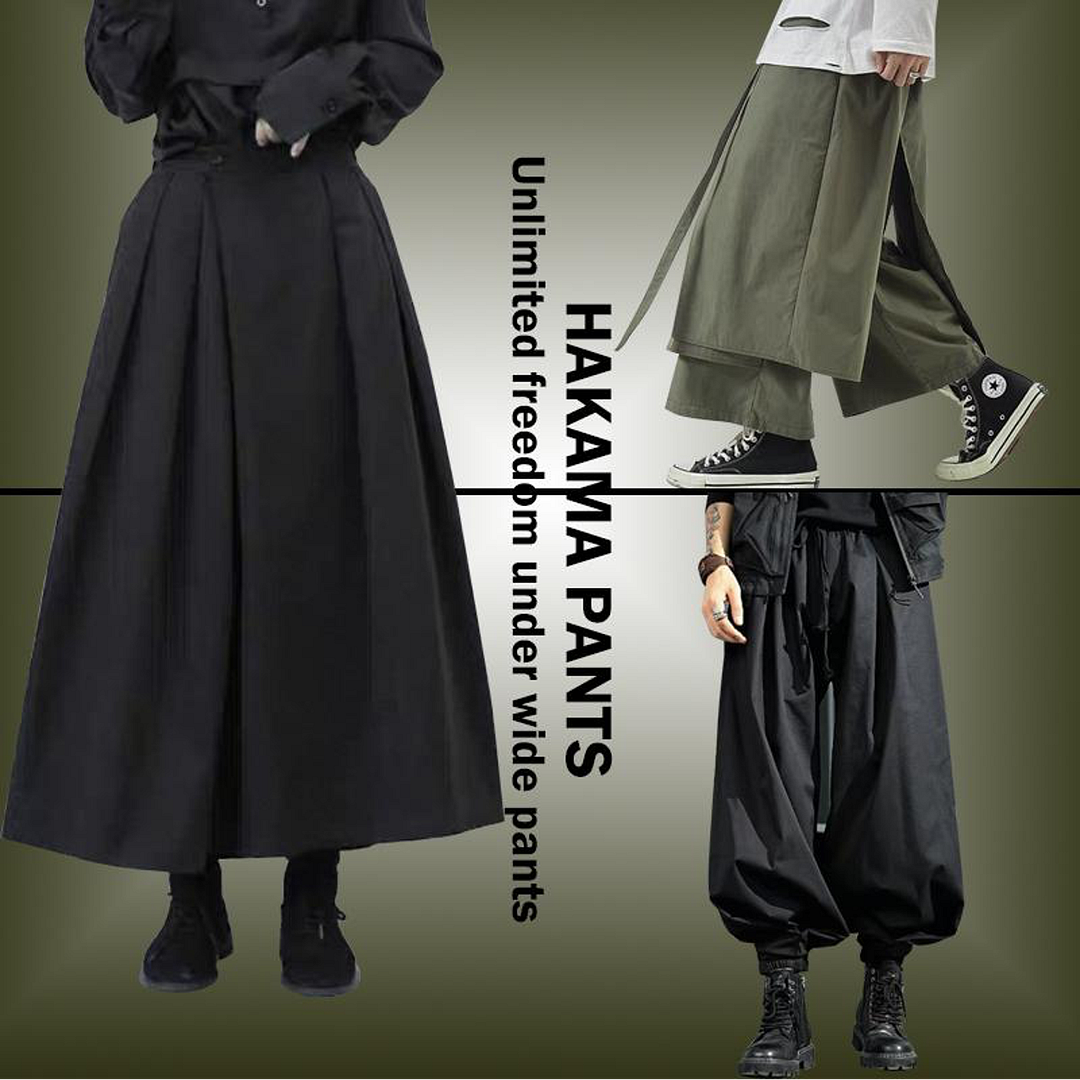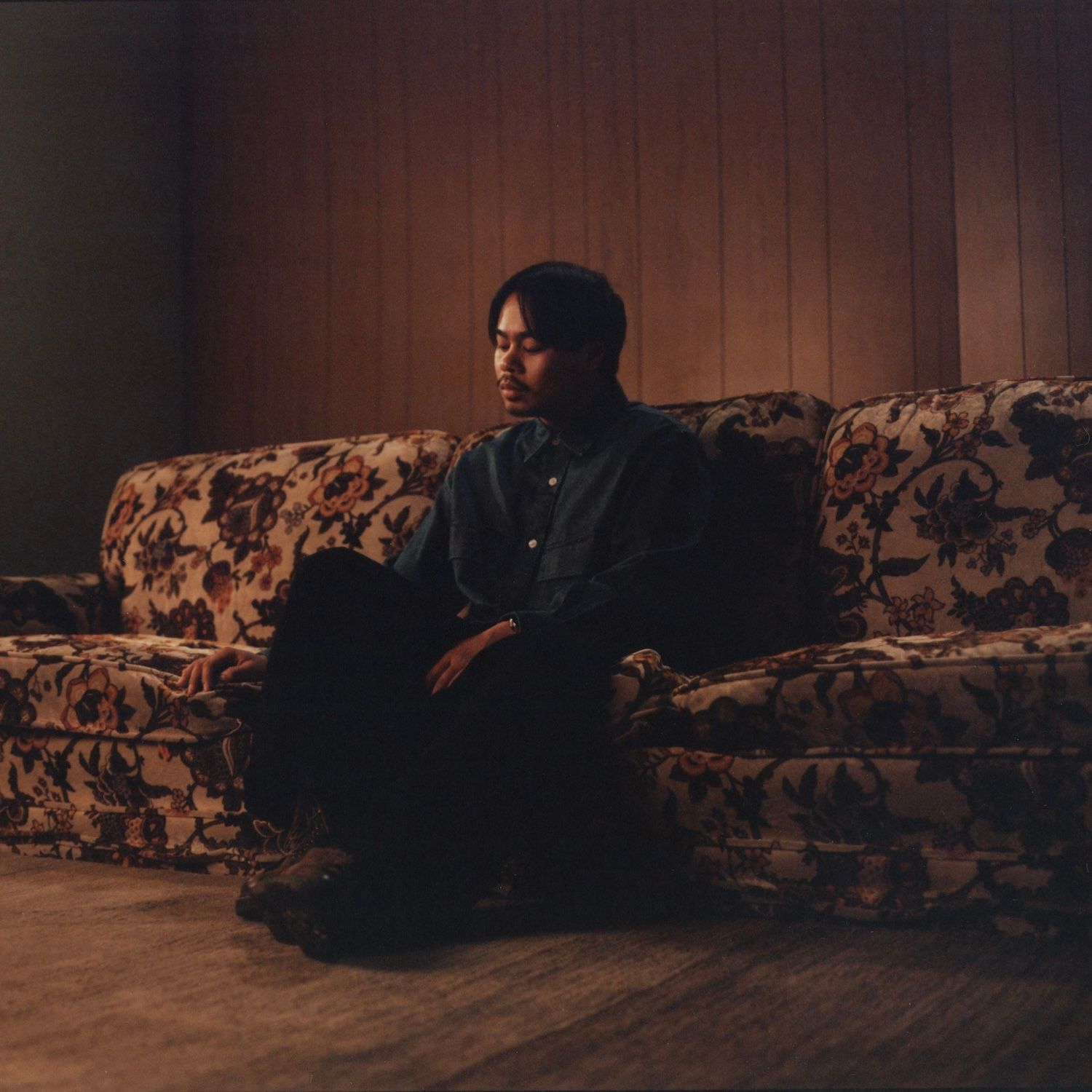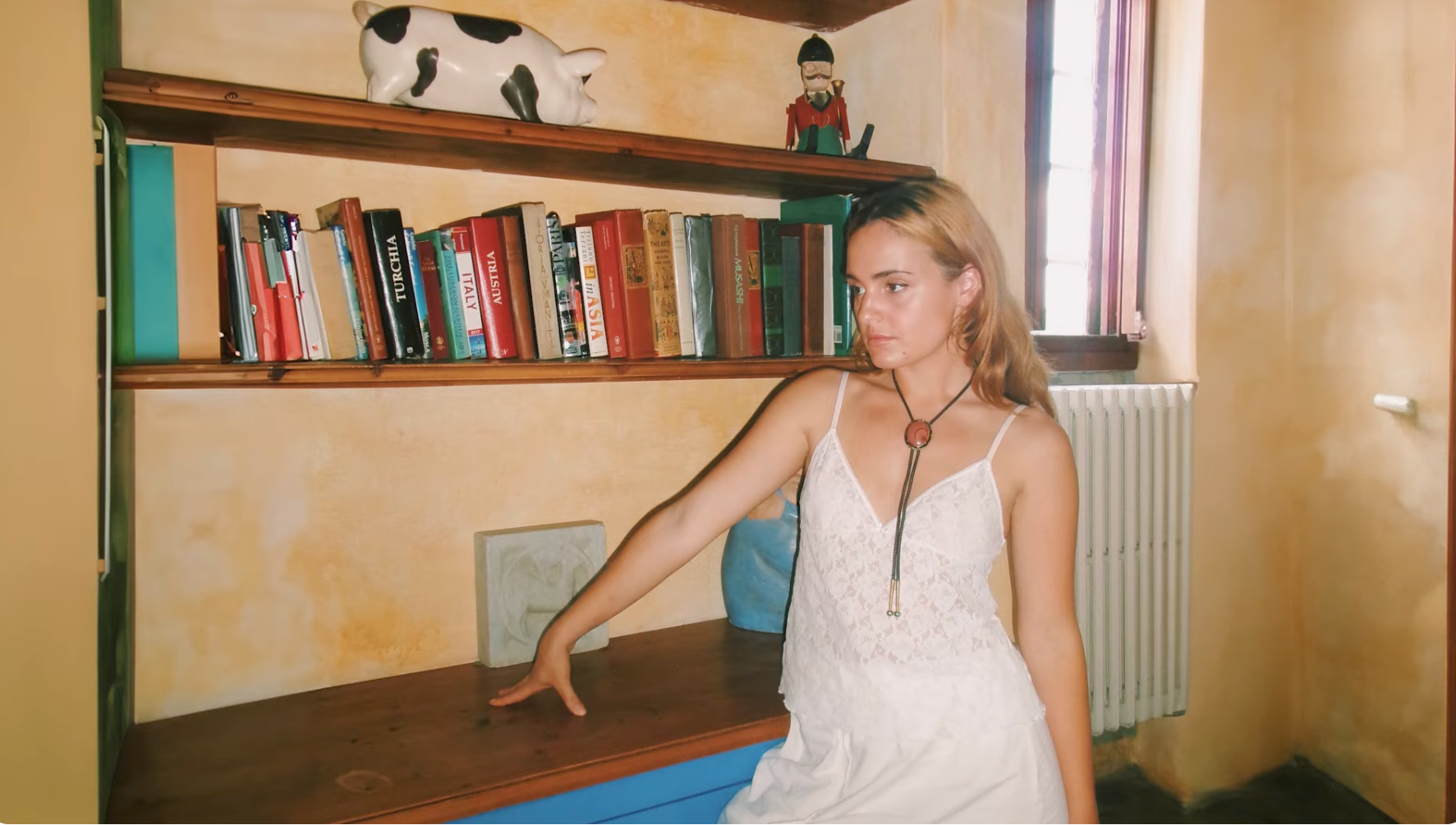
The process of wearing hakama pants properly represents a ritual as meaningful as the garments themselves, embodying Japanese values of precision, respect, and attention to detail. To you as a newcomer, hakama may appear daunting with their multiple pleats, long ties, and specific draping requirements. However, learning to wear hakama correctly is an achievable skill that connects you to centuries of Japanese tradition. This comprehensive guide will walk you through each step of the process, explain common mistakes to avoid, and explore the cultural significance behind these sartorial practices.
Your preparation begins with selecting the appropriate undergarments. For formal occasions, this typically means a kimono, while if you’re a martial artist, you’ll wear your hakama over a keikogi (training uniform). You must properly adjust your foundation garment first – ensure your kimono collar sits neatly at the nape of your neck, with the front panels crossing left over right (the reverse is reserved for dressing the deceased). For martial arts practice, tuck your uwagi (jacket) firmly into the hakama to prevent it from riding up during movement. These preliminary steps ensure your hakama will sit correctly on your body and maintain their elegant drape throughout wear.
When you begin the actual donning of hakama, start by identifying the front and back panels. The mae-migoro (front panel) is typically slightly narrower than the ushiro-migoro (back panel), and the himo (ties) are attached accordingly. Hold the hakama by the waistband as you step into the leg openings, being careful not to disturb the pleats. Position the waistband high on your torso, approximately at your natural waistline rather than your hips. This positioning is crucial for both your comfort and proper appearance – if you wear hakama too low, they will bunch unpleasantly and may interfere with your movement.
Adjusting the pleats is perhaps the most meticulous part of your hakama-wearing experience. Traditional hakama feature either five or seven pleats – three in front (two outward-facing and one center pleat facing inward) and two or four in back. You must ensure these pleats hang perfectly straight for the hakama to look correct. Gently pull each pleat into alignment while ensuring the fabric drapes smoothly without twisting. Align the center back pleat precisely with your spine, creating symmetry in the garment’s overall appearance. This attention to pleat alignment isn’t merely aesthetic; in martial arts, properly aligned pleats allow your hakama to move fluidly with your body during techniques.
You might make common mistakes when wearing japanese pants, often stemming from rushing the process. Twisted pleats are a frequent issue, resulting from improper alignment when you first put on the garment. Another common error involves your himo ties – either tying them too loosely (causing your hakama to slip) or creating bulky knots that protrude awkwardly. You might make the mistake of wearing hakama too low on your hips like Western trousers, which disrupts the garment’s natural drape and can look sloppy. Your footwear also presents potential pitfalls – traditional tabi (split-toe socks) and zori (sandals) should be worn with formal hakama attire, while as a martial artist, you’ll typically wear bare feet or training shoes depending on your discipline.
The cultural significance of your properly worn hakama extends beyond mere appearance. In Japanese tradition, the care you take in dressing reflects your respect for the occasion and for yourself. This is particularly true in martial arts dojos, where your correctly worn hakama demonstrates your attention to detail and commitment to practice. Many sensei (teachers) consider your ability to maintain proper hakama as indicative of your overall progress in training. The ritual of putting on hakama becomes a form of mental preparation, transitioning you into the appropriate mindset for training or ceremony.
Your maintenance of hakama ensures they retain their shape and appearance over time with montsuki. You should carefully fold traditional cotton or silk hakama along their pleat lines when not in use, often with tissue paper inserted to maintain crisp edges. Store them in a breathable garment bag to protect against dust and moisture. Your cleaning methods will vary by fabric – some hakama require professional pressing to maintain their pleats, while modern synthetic blends may tolerate gentle machine washing. Regardless of material, you should never crumple or improperly store your hakama, as this can permanently damage the pleating.
As you’re new to wearing hakama or muji hakama pants, the learning curve can feel steep. However, the process becomes more intuitive with your practice. Many martial arts dojos include hakama-tying as part of their curriculum, with senior students often helping you master the technique. Video tutorials can supplement your in-person instruction, providing visual references for each step. Your key is patience – what might take twenty frustrating minutes on your first attempt becomes a quick, almost meditative routine with experience. The satisfaction of finally achieving perfectly aligned pleats and securely tied himo makes your effort worthwhile.
Ultimately, wearing hakama and samurai pants properly connects you to generations of Japanese tradition. Each careful fold and precise tie you make echoes centuries of samurai preparing for battle, scholars dressing for court, or priests robing for ceremonies. In modern contexts, whether you’re in martial arts training, tea ceremony, or academic graduation, your properly worn hakama continue to symbolize discipline, respect, and cultural continuity. Mastering their wearing is more than learning a practical skill – it’s your participation in a living tradition that values beauty in detail and meaning in practice.




